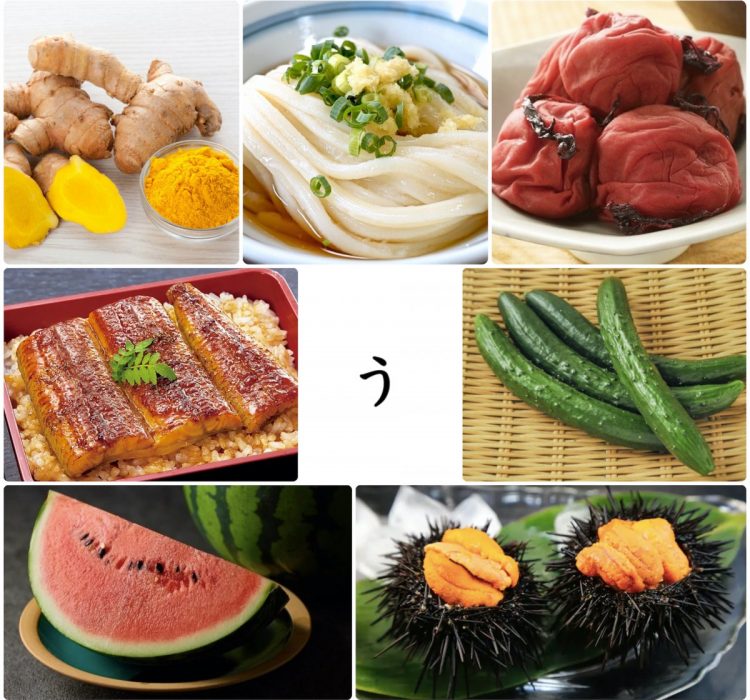
Feb.05
Pen – Celebrating Nature Through Cuisine in ‘Wild Herbs’
Feb.05
In this book, Michelin-starred chef Hisao Nakahigashi reflects on his childhood memories, his philosophy of cooking, and shares his recipes. ‘Times change, and there’s nothing we can do about it. But no matter how the world evolves, humans can never truly live apart from nature. This is a truth that all of us who work…
Jan.22
Pen – Carving the Universe in Paper
Jan.22
An exhibition celebrates the diverse techniques that elevate paper to an art form, from origami to sculpture and ‘kirie’. In an era of increasing digitalisation, paper remains an essential part of daily life. The exhibition Micro and Macro Universe of Paper Art at the Ichihara Lakeside Museum in Chiba Prefecture pays tribute to this timeless…

Jan.06
Steve Beimel – Dear Friends and Supporters of JapanCraft 21
Jan.06
I am writing this to you just after New Year’s Day from my home in Kyoto. Exactly one year ago today, I felt tremors in my living room, so I turned on Japanese television to the shocking news that a massive earthquake had hit the Noto Peninsula, less than 200 miles away. The damage was…

Jan.02
Elizabeth Andoh – A Taste of Culture
Jan.02
Dear friends, colleagues and those who have expressed an interest in the FOOD & CULTURE of Japan: For New Yorkers watching the ball drop at Times Square, ether in person or on TV has been a traditional way to welcome the New Year since 1907. For Brits its likely to be listening to Big Ben’s…

Nov.28
Elizabeth Andoh – A Taste of Culture
Nov.28
Dear friends, colleagues and those who have expressed an interest in the FOOD & CULTURE of Japan: Throughout the world, people set aside certain days to celebrate and offer thanks for a good harvest and/or hunt. The specific rituals practiced, and feasts served on these days of thanksgiving vary from culture to culture. Native American…

Oct.22
Elizabeth Andoh – A Taste of Culture
Oct.22
Dear friends, colleagues and those who have expressed an interest in the FOOD & CULTURE of Japan: With consistently cooler days and a few downright chilly nights, it finally feels as though autumn has arrived in Tokyo. After another long, brutal summer during which beat-the-heat survival menus featured icy cold tofu and well-chilled egg…

Oct.22
Gianfranco Chicco – Craftsmanship and Circularity Are One
Oct.22
When I’m asked about my interest in craftsmanship, especially that of Japan, I explain that at its core is the fact that circular principles are inherently baked in. Modern designers rightly focus on using sustainable materials, reducing waste, ensuring repairability, and promoting recycling. Japanese crafts go beyond this, intertwining material sustainability with social systems and…

Oct.12
September, 2024 Newsletter
Oct.12
June Online meeting with our Craft Leaders Group (winners from our contests so far) to update new programs and discuss the February 2025 Exhibition in Ginza. Sponsored a public event in Tokyo on swordsmanship featuring a 500-year-old martial arts group. We secured a permanent exhibition space for our Craft Leaders at The Terminal Kyoto, a…

Sept.08
Elizabeth Andoh – Autumnal Culinary Pleasure: SANMA
Sept.08
The Japanese speak of aki no mikaku (autumnal eating pleasures). Of the many foods placed in that category, a slender, sleek, and steely-colored fish called sanma (Pacific saury; Cololabis saira 秋刀魚) has always been considered shomin no aji, or “food for the masses.” In historical novels and period-piece TV dramas, its the common folk, never…

Aug.10
Elizabeth Andoh – Eat to Beat the Heat
Aug.10
The Japanese have long believed that foods beginning with the syllable “U” (written” う in hiragana), have special beat-the-heat properties. Most famous is UNAGI (eel, rich in vitamin B1) known as an antidote for summertime lethargy. The current custom of eating soy-glazed eel (unagi no kabayaki), specifically on Doyō Ushi no Hi (Midsummer Day of the Ox), can be traced back…







